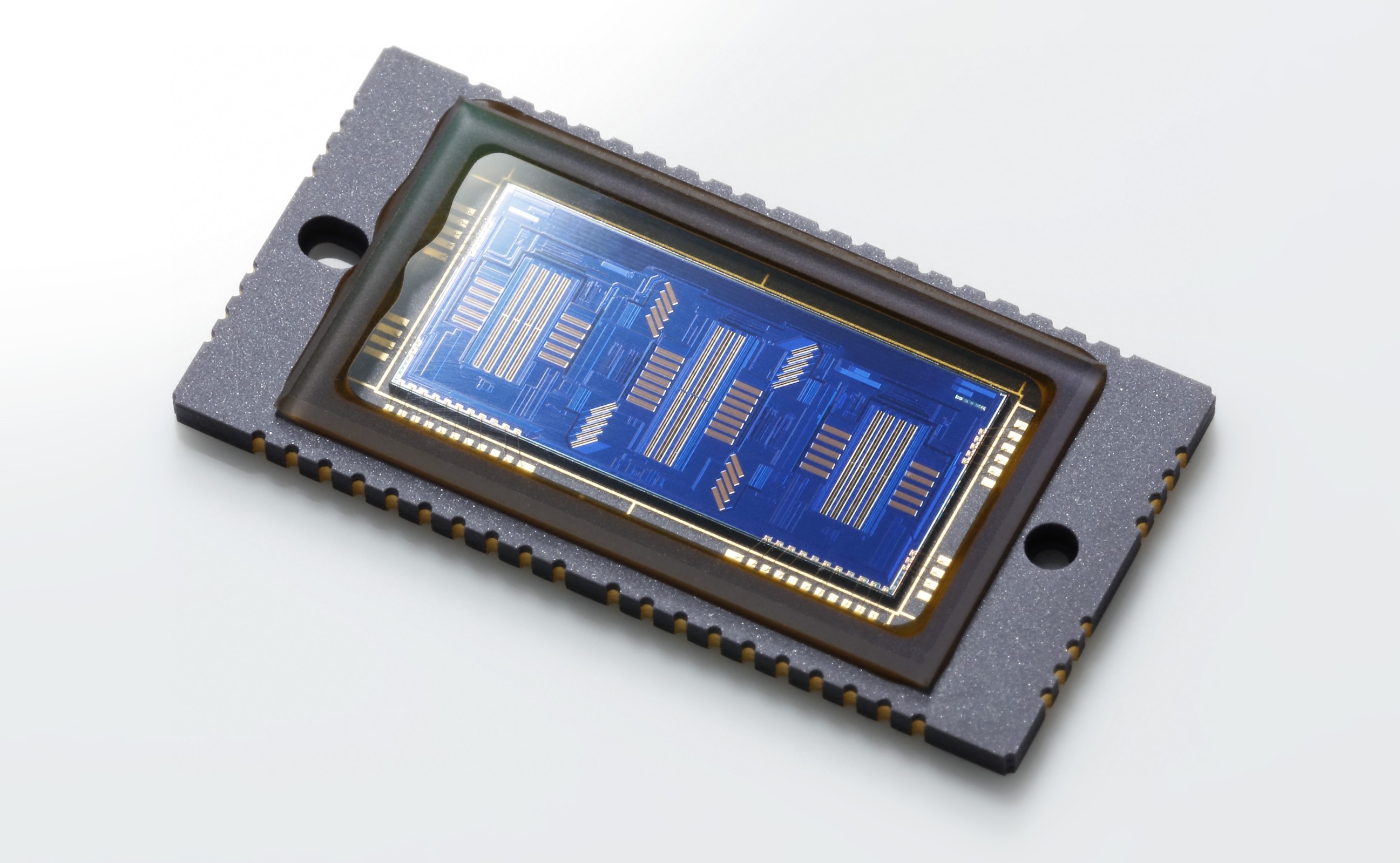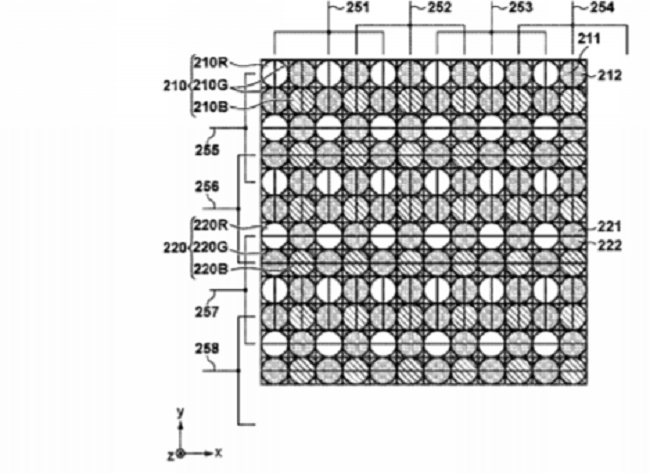@Neuro
thanks for the explanation. need to mull it over some more to fully understand all ramifications.
especially why i notice the phenomenon of "too small af marker boxes" at times on EOS M (1st gen), but not really on the 5D3. some combination of aps- c vs FF sensor, slower EF-M lenses vs 5D3 on which i generally use f/2.8 lenses or faster) and/or differences in scenes i capture with the 2 systems.
will also be interesting to find out whether EOS M50 with DP-AF and more AF points brings an improvement in practical terms in this regard.
i picked one up just yesterday - funnily and totally co-incidentally exactly at the time when it was questioned here, whether i still qualify as *current* Canon customer at all or just as "dry dock Cano-whiner". M50 is actually for my daughter and she too has noticed the af boxes on EOS M (with 22/2.0) not always matching af-sensitive area. if she does not complain about the issue any more, i consider the issue solved ... no matter how it may have been accomplished in the face of "unforgiving laws of optics".
thanks for the explanation. need to mull it over some more to fully understand all ramifications.
especially why i notice the phenomenon of "too small af marker boxes" at times on EOS M (1st gen), but not really on the 5D3. some combination of aps- c vs FF sensor, slower EF-M lenses vs 5D3 on which i generally use f/2.8 lenses or faster) and/or differences in scenes i capture with the 2 systems.
will also be interesting to find out whether EOS M50 with DP-AF and more AF points brings an improvement in practical terms in this regard.
i picked one up just yesterday - funnily and totally co-incidentally exactly at the time when it was questioned here, whether i still qualify as *current* Canon customer at all or just as "dry dock Cano-whiner". M50 is actually for my daughter and she too has noticed the af boxes on EOS M (with 22/2.0) not always matching af-sensitive area. if she does not complain about the issue any more, i consider the issue solved ... no matter how it may have been accomplished in the face of "unforgiving laws of optics".
Upvote
0




